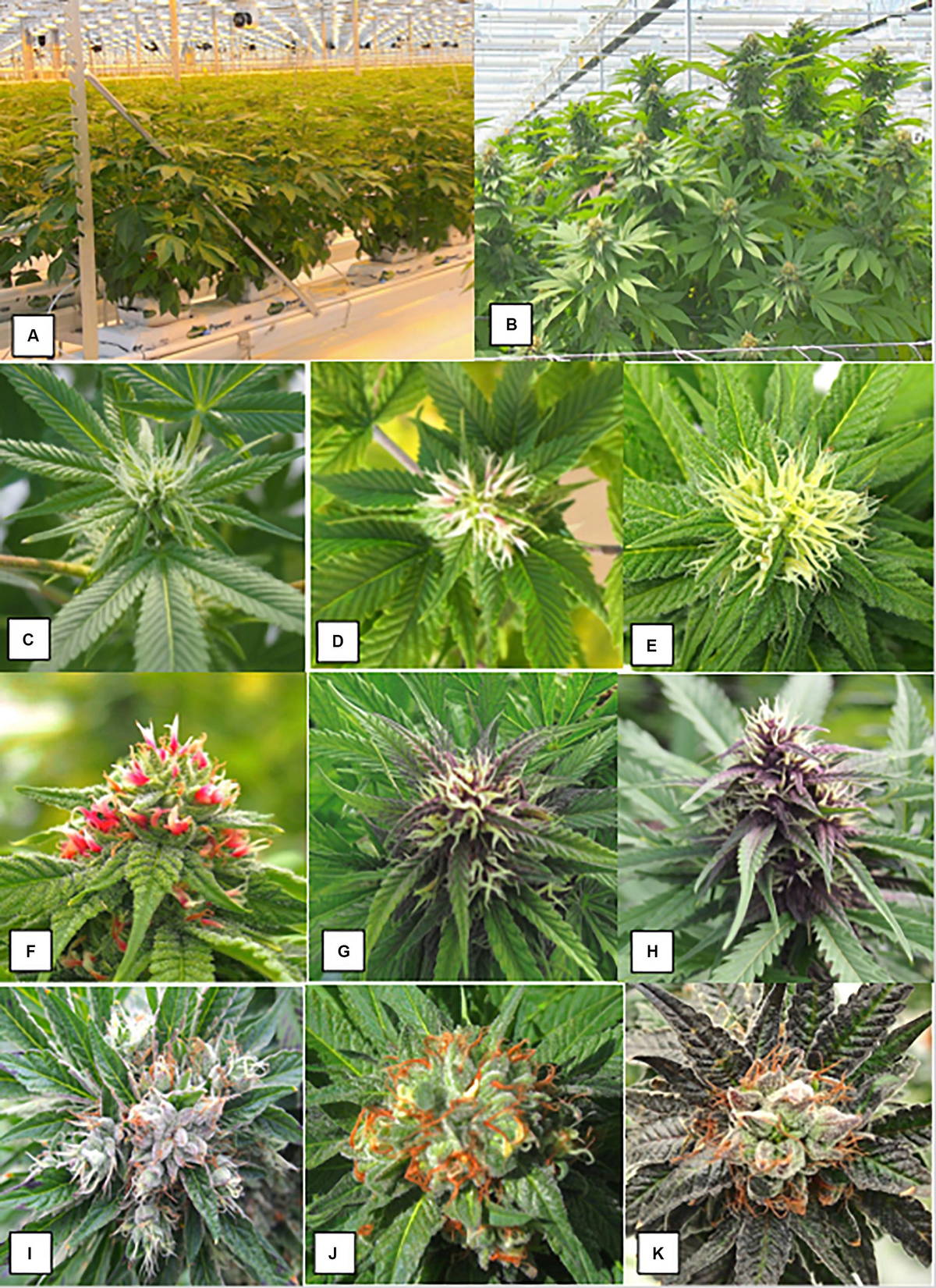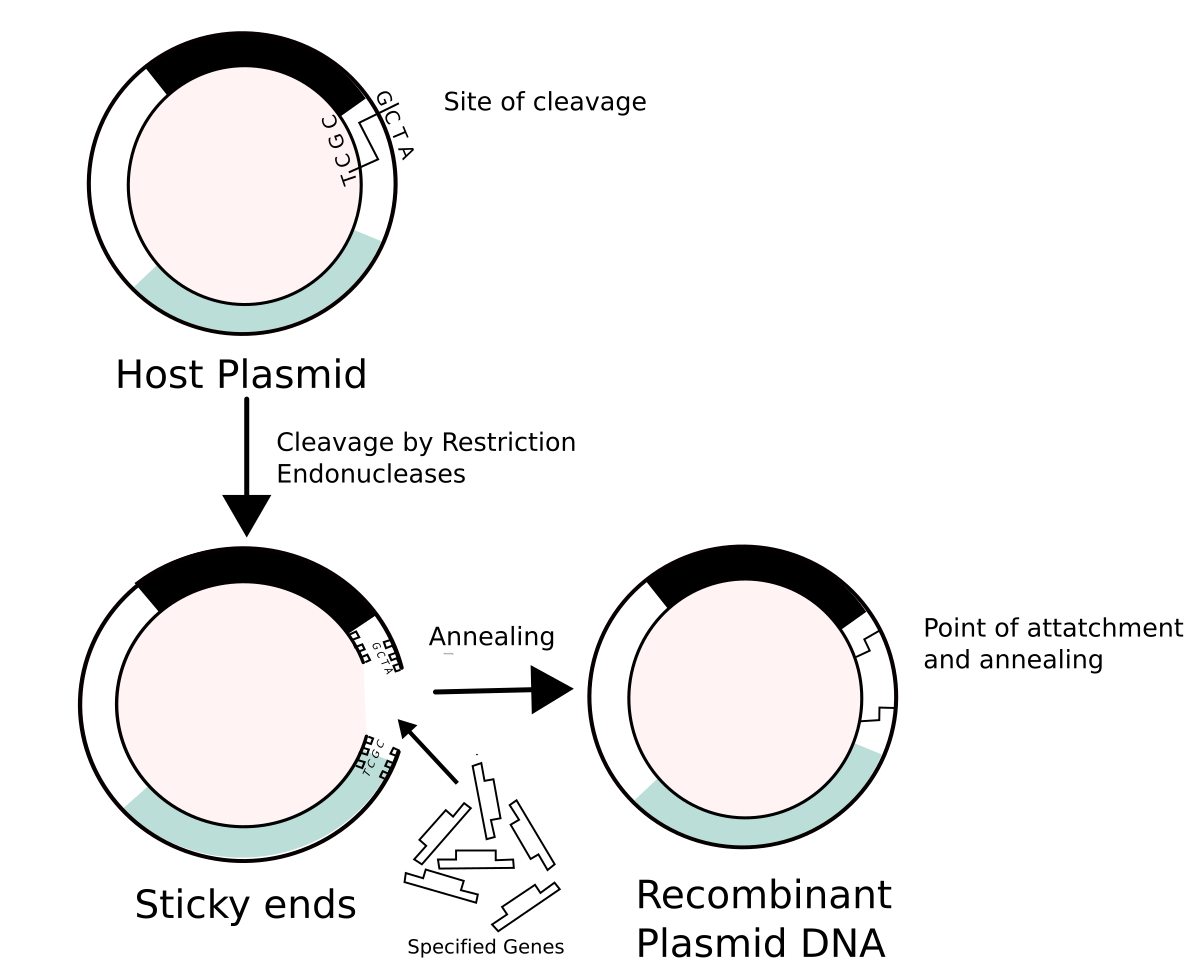Been interested in this topic for awhile now, maybe some others are as well?
Questions why is cannabis important to us?
Which genes are sex linked ?
What are the current and future implications of culling males and hermaphrodites ?
Is saving only female plants degrading the varieties and whole gene pool ?
Genome Res. 2020 Feb; 30(2): 164–172.
doi: 10.1101/gr.251207.119
PMCID: PMC7050526
PMID: 32033943
[IMG alt="An external file that holds a picture, illustration, etc.
Object name is 164f01.jpg"]https://www.ncbi.nlm.nih.gov/pmc/articles/PMC7050526/bin/164f01.jpg[/IMG]
Figure 1.
Experimental design and bioinformatic pipeline to identify sex-linked genes. (A,B) The SEX-DETector analysis relies on obtaining genotyping data from a cross (parents + F1 progeny). (C) SEX-DETector infers the segregation type based on how alleles are transmitted from parents to offspring. Three segregation types are included: autosomal (alleles of the parents are transmitted to the progeny the same way in both sexes, in a Mendelian way), XY (one allele of the father—the Y allele—is transmitted exclusively to sons), X-hemizygous (the single allele of the father is transmitted exclusively to daughters; the sons get one allele from the mother only). See Methods for more information. C. sativa male and female plants pencil illustration by annarepp/Shutterstock.com.


 www.ncbi.nlm.nih.gov
www.ncbi.nlm.nih.gov
[IMG alt="An external file that holds a picture, illustration, etc.
Object name is 164f02.jpg"]https://www.ncbi.nlm.nih.gov/pmc/articles/PMC7050526/bin/164f02.jpg[/IMG]
Figure 2.
Distribution of the sex-linked and sex-biased genes onto the C. sativa reference genome. From outer to inner rings: (1) Chromosomes from 1 to 10 and unassembled scaffolds of the reference genome (Grassa et al. 2018); (2) X-Y dS values (from 0 to 0.4); (3) proportion of XY-linked genes (in blue) and X-hemizygous genes (in red) in 2-Mb windows; (4) proportion of genes with sex-biased expression in 2-Mb windows: male-biased (light blue), female-biased (orange). THCAS and CBDAS genes found in Grassa et al. (2018) are indicated by two red dots near the outer ring.
Questions why is cannabis important to us?
Which genes are sex linked ?
What are the current and future implications of culling males and hermaphrodites ?
Is saving only female plants degrading the varieties and whole gene pool ?
Genome Res. 2020 Feb; 30(2): 164–172.
doi: 10.1101/gr.251207.119
PMCID: PMC7050526
PMID: 32033943
An efficient RNA-seq-based segregation analysis identifies
the sex chromosomes of Cannabis sativa
[IMG alt="An external file that holds a picture, illustration, etc.
Object name is 164f01.jpg"]https://www.ncbi.nlm.nih.gov/pmc/articles/PMC7050526/bin/164f01.jpg[/IMG]
Figure 1.
Experimental design and bioinformatic pipeline to identify sex-linked genes. (A,B) The SEX-DETector analysis relies on obtaining genotyping data from a cross (parents + F1 progeny). (C) SEX-DETector infers the segregation type based on how alleles are transmitted from parents to offspring. Three segregation types are included: autosomal (alleles of the parents are transmitted to the progeny the same way in both sexes, in a Mendelian way), XY (one allele of the father—the Y allele—is transmitted exclusively to sons), X-hemizygous (the single allele of the father is transmitted exclusively to daughters; the sons get one allele from the mother only). See Methods for more information. C. sativa male and female plants pencil illustration by annarepp/Shutterstock.com.

An efficient RNA-seq-based segregation analysis identifies the sex chromosomes of Cannabis sativa
Cannabis sativa–derived tetrahydrocannabinol (THC) production is increasing very fast worldwide. C. sativa is a dioecious plant with XY Chromosomes, and only females (XX) are useful for THC production. Identifying the sex chromosome sequence would ...
[IMG alt="An external file that holds a picture, illustration, etc.
Object name is 164f02.jpg"]https://www.ncbi.nlm.nih.gov/pmc/articles/PMC7050526/bin/164f02.jpg[/IMG]
Figure 2.
Distribution of the sex-linked and sex-biased genes onto the C. sativa reference genome. From outer to inner rings: (1) Chromosomes from 1 to 10 and unassembled scaffolds of the reference genome (Grassa et al. 2018); (2) X-Y dS values (from 0 to 0.4); (3) proportion of XY-linked genes (in blue) and X-hemizygous genes (in red) in 2-Mb windows; (4) proportion of genes with sex-biased expression in 2-Mb windows: male-biased (light blue), female-biased (orange). THCAS and CBDAS genes found in Grassa et al. (2018) are indicated by two red dots near the outer ring.







 Zamir K. Punja
Zamir K. Punja Janesse E. Holmes
Janesse E. Holmes
![The phylogeny is according to the reference of [59]. Idiograms created based on data obtained in [21], [23], [24], [26], [55] and in this study. 5S rDNA: green signals; 45S rDNA: red signals; species-specific subtelomeric repeats (HSR-1for H. lupulus, HJSR for H. japonicus and CS-1 for C. sativa): green signal. The position of pseudoautosomal region on sex chromosomes is indicated by brackets. Time of divergence estimated in [60], [61], [62]. The phylogeny is according to the reference of [59]. Idiograms created based on data obtained in [21], [23], [24], [26], [55] and in this study. 5S rDNA: green signals; 45S rDNA: red signals; species-specific subtelomeric repeats (HSR-1for H. lupulus, HJSR for H. japonicus and CS-1 for C. sativa): green signal. The position of pseudoautosomal region on sex chromosomes is indicated by brackets. Time of divergence estimated in [60], [61], [62].](https://www.researchgate.net/profile/Oleg-Aleksandrov/publication/259919693/figure/fig4/AS:202644292411425@1425325572964/The-phylogeny-is-according-to-the-reference-of-59-Idiograms-created-based-on-data.png)



